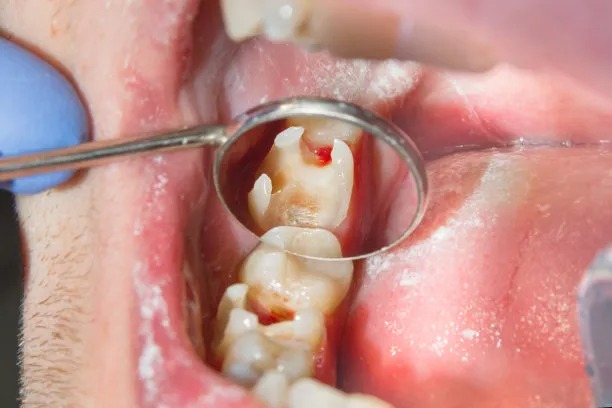Essential Safety Measures and Guidelines for Successful Root Canal Treatment Procedures You Should Know
Summary: Root canal treatment is a critical dental procedure designed to save damaged teeth and alleviate pain. This article explores essential safety measures and guidelines that contribute to the success of root canal treatments. It discusses the importance of proper diagnosis and treatment planning, the use of advanced technologies and techniques, the role of patient education and communication, and stringent infection control protocols. By adhering to these principles, dental practitioners can ensure a more effective and safe root canal procedure, ultimately enhancing patient outcomes and satisfaction.
1. The Importance of Accurate Diagnosis

Accurate diagnosis is fundamental to a successful root canal treatment. Dentists must perform thorough examinations, including vital pulp tests and radiographic evaluations, to determine the extent of the tooths condition. Understanding the internal structure of the tooth and any potential complications is crucial in planning the procedure effectively.
Moreover, differential diagnoses should be considered to rule out non-endodontic issues that may mimic symptoms of pulpitis or abscesses. Correctly diagnosing the problem ensures that the right treatment plan is executed, minimizing the risk of complications during the procedure.
Furthermore, documenting the findings and discussing them with the patient fosters trust and allows for informed consent. By actively involving patients in their treatment decisions, practitioners enhance their satisfaction and cooperation during the procedure.
2. Utilizing Advanced Technologies and Techniques
The integration of modern technologies and techniques can significantly increase the success rates of root canal treatments. For instance, the use of digital radiography allows for more precise imaging, enabling dentists to access detailed information about the tooth’s canals and surrounding structures.
Additionally, advancements in rotary endodontics provide improved efficiency and efficacy during canal instrumentation. These tools minimize instrumentation time and improve the cleaning and shaping of the canals, making the process less invasive and more comfortable for patients.
Laser technology offers another advantage, as it can effectively remove infected tissue and disinfect root canal systems. Coupled with the appropriate irrigation solutions, lasers ensure that the treated area is thoroughly cleansed, reducing the likelihood of post-treatment complications.
3. Patient Communication and Education
Effective communication with patients about the root canal procedure cannot be overstated. Providing clear explanations about the procedure, what to expect, and post-treatment care empowers patients and alleviates anxiety. Prepared patients are more likely to follow pre-and post-treatment instructions, fostering a smoother recovery.
Moreover, educating patients about the signs of dental issues and the importance of timely dental visits can lead to earlier interventions. Early diagnosis often results in less invasive treatments, making root canals less complicated and painful.
Furthermore, addressing patient concerns and misconceptions about root canal treatment through open dialogues can build a stronger dentist-patient relationship. Reassuring patients about the pain management options available can ease their anxiety and enhance their overall experience.
4. Infection Control Protocols and Safety Measures
Infection control measures are paramount in any dental setting, particularly during procedures like root canals where exposing the pulp can create a risk of infection. Strict adherence to sterilization protocols for instruments and equipment is essential to prevent cross-contamination.
Additionally, the use of personal protective equipment (PPE) for dental professionals and patients alike, such as gloves, masks, and eyewear, minimizes the risk of infection transmission. This is an essential aspect of maintaining safety during dental procedures.
Moreover, maintaining a clean and organized treatment environment enhances patient confidence in the dental practice. Implementing rigorous disinfection protocols and ensuring the availability of sterile supplies are crucial components of infection control in root canal treatments.
Summary:
In summary, successful root canal treatment hinges on a combination of accurate diagnosis, advanced techniques, effective patient communication, and stringent infection control. By prioritizing these essential safety measures, dental practitioners can enhance treatment outcomes and patient satisfaction significantly.
This article is compiled by Vickong Dental and the content is for reference only.



